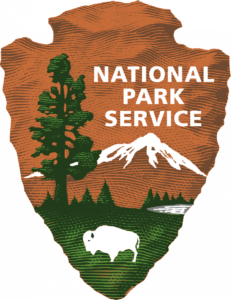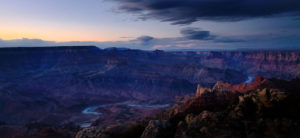This post may contain affiliate links which means we may receive a commission for purchases made through links. As an Amazon Associate we earn from qualifying purchases. We will only recommend products that we have personally used!
 Today, I want to talk about an important issue that affects not only me, but all content creators who visit our national parks and monuments.
Today, I want to talk about an important issue that affects not only me, but all content creators who visit our national parks and monuments.
As many of you know, filming permits are required for any commercial filming activity on federal lands, including national parks, national monuments, BLM land, and national forests. This means that even if you don’t monetize your content, any posting to YouTube or TicTok is usually considered commercial filming, and therefore requires a permit. As a full-time content creator who visits these areas frequently, I’ve seen firsthand the impact that these regulations can have on our ability to produce content and share the beauty of our public lands with others.

But it’s not just about us content creators – these regulations have a chilling effect on anyone who visits our national parks and monuments. Many people who are unable to travel for health or other reasons rely on content creators like me to experience the beauty of these places through our eyes. By limiting our ability to produce content, we’re also limiting the access that others have to these amazing natural wonders.
I strongly believe that our public lands should be accessible to all, and that content creators have an important role to play in sharing the beauty of these places with others. However, the current regulations make it difficult for us to do so. And while there are valid concerns about the impact of filming activities on these delicate ecosystems, it’s important to strike a balance between protection and accessibility.
So what can we do about this? One way to get involved is by downloading the sample letters I have made available for download, which can be sent to your US Senators and Representatives urging them to change the National Parks position of requiring filming permits for anyone who might upload their videos to YouTube or TicTok. By working together, we can help ensure that our public lands remain accessible to all and continue to inspire generations to come.
 In the end, it’s important to remember that our national parks and monuments are not just beautiful landscapes, but they’re also part of our shared heritage and culture. By limiting our ability to produce content and share these places with others, we’re denying future generations the opportunity to experience these places through our eyes. So let’s work together to find a solution that balances protection and accessibility, and ensures that our national parks and monuments remain a source of inspiration and wonder for all.
In the end, it’s important to remember that our national parks and monuments are not just beautiful landscapes, but they’re also part of our shared heritage and culture. By limiting our ability to produce content and share these places with others, we’re denying future generations the opportunity to experience these places through our eyes. So let’s work together to find a solution that balances protection and accessibility, and ensures that our national parks and monuments remain a source of inspiration and wonder for all.

